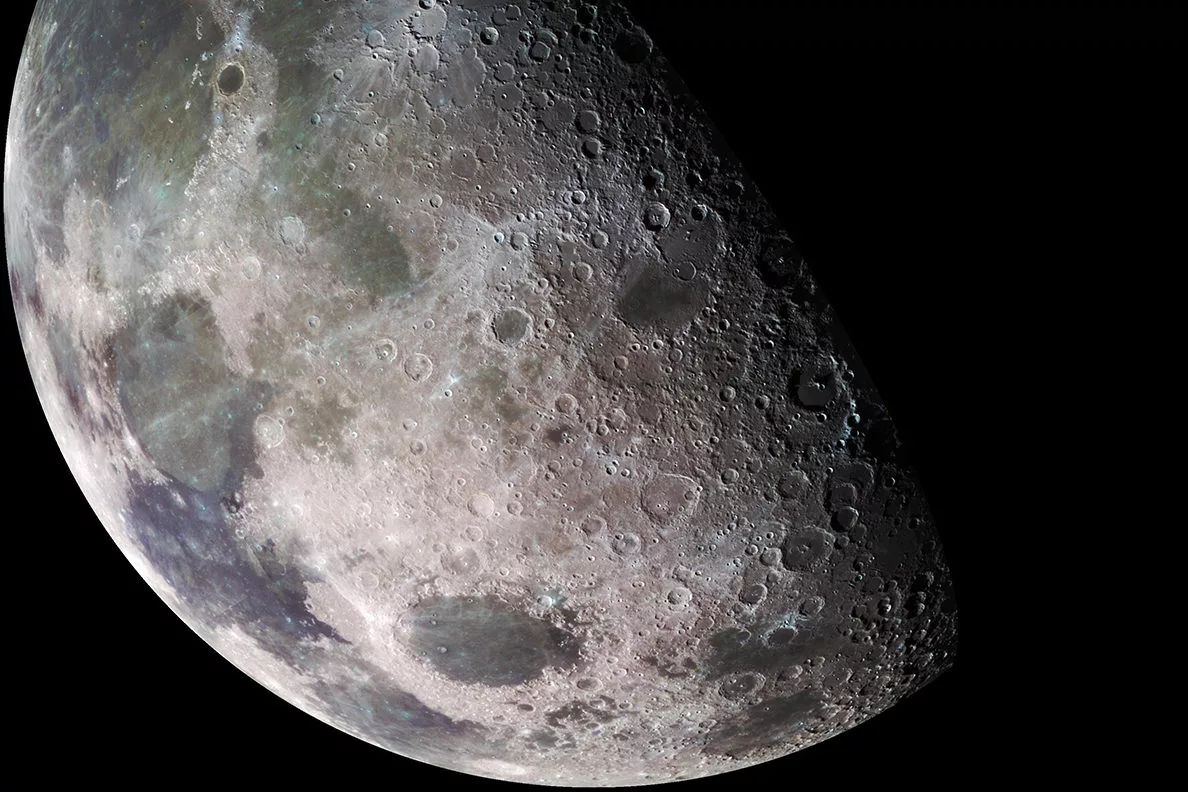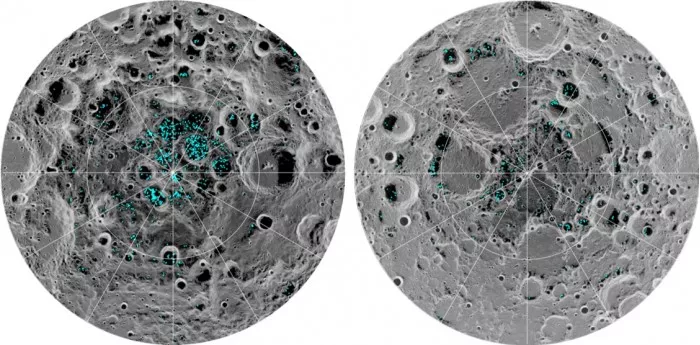According to new atlas, the moon may look like a dry planet, but there is more water there than you think. In a new study, scientists have shown that hydrogen and oxygen ions that escape from the earth's upper atmosphere and bind to the moon may be one of the known sources of lunar water and ice**

In the past decade or so, many spacecraft have detected water on the moon. Most of them appear to exist in the form of ice, especially around the poles, while other areas of the lunar surface may have water rich minerals. Tracking these important things can provide information for the location of future manned lunar missions.
But how did the water get there first? The most widely accepted explanation is that most of the water was sent over billions of years by comets and asteroids, but some of it may have been deposited as hydrogen and oxygen ions of the solar wind. More likely, however, can be traced back to the formation of the moon itself, which brought some water when a huge protoplanet hit early Earth 4.4 billion years ago.
Now, researchers from the University of Alaska at Fairbanks have proposed a new mechanism to explain that part of the water on the moon may come from the earth's atmosphere.
The earth's magnetic field creates a "bubble" called the magnetosphere, which protects us from cosmic rays. The leading edge of this "bubble" is round, forming a point behind the earth, much like the tail of a comet. Five days a month, the moon will pass through this "tail", and hydrogen and oxygen ions will be brought into the moon.
Some of the earth's magnetic lines of force are broken, and only one end is still connected to the planet. Hydrogen ions and oxygen ions in the atmosphere can escape into space through these magnetic lines of force. However, when the moon passes through the magnetotail, it causes some of the broken magnetic lines to reconnect, sending loose ions back to earth quickly. Some of them hit the surface of the moon.
"It's like the moon is in a 'shower' - some water ions fall on the lunar surface when they return to earth," said Gunther kleetschka, lead researcher of the study.
Researchers have calculated that this process over billions of years may have "dumped" 3500 cubic kilometers of water at the moon's poles. This is only based on the calculation of the lowest volume, that is, only one percent of the ions fleeing the earth reach the moon.
Of course, the moon's water is likely to arrive through various mechanisms, and this new idea is just one of them.

The study was published in the scientific report 》In the magazine.


